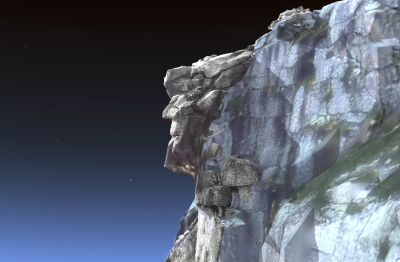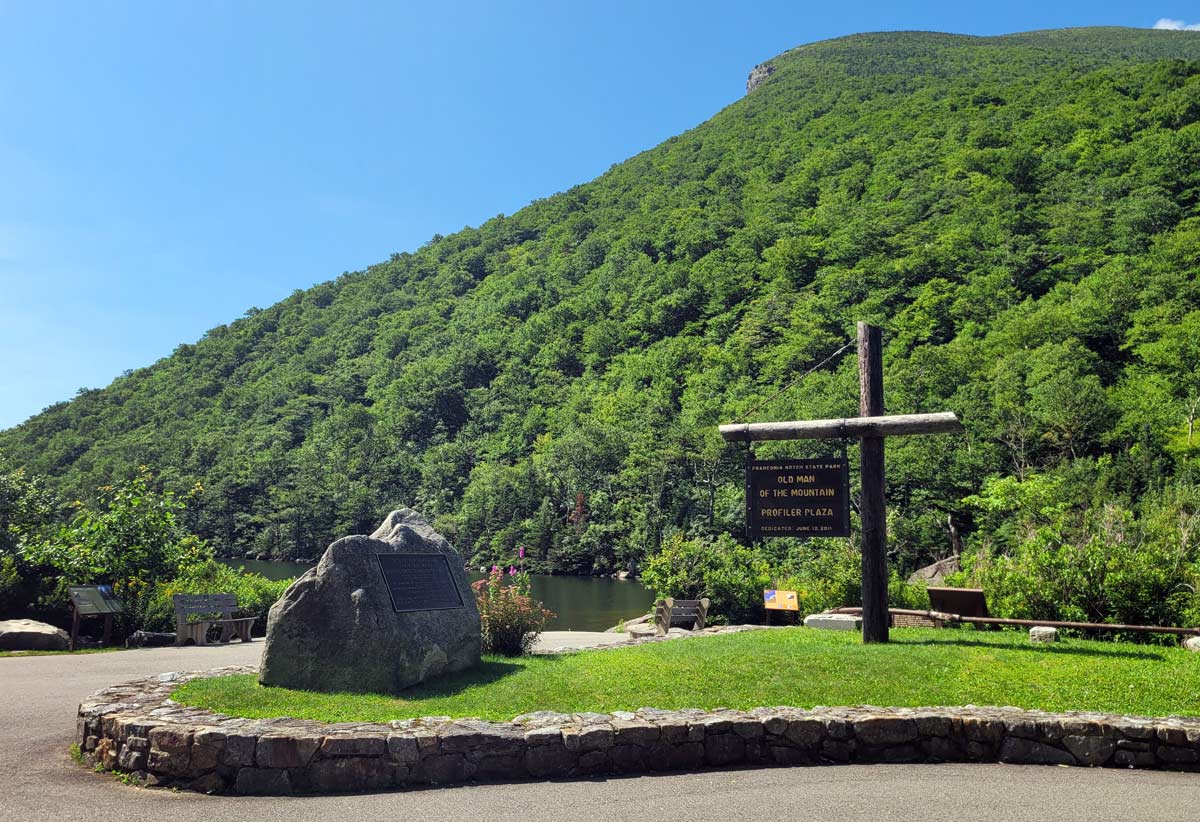
A unique project is underway at Cannon Cliff in Franconia Notch, the rock ledges beloved by climbers and where the granite face of the Old Man of the Mountain perched until the rocks that made his visage so recognizable gave way on May 3, 2003.
 Explore the Old Man Like Never Before with this interactive 3D model
Explore the Old Man Like Never Before with this interactive 3D model "We are thrilled to partner with Dartmouth College, Franconia Notch State Park, the NH Division of Parks, The Museum of the White Mountains and the local rock climbing community in undertaking this important research." says Brian Fowler, President of the Board of Directors of the nonprofit Old Man of the Mountain Legacy Fund.
The project will trace the evolution of Cannon Cliff - its history, geology, its local weather and the other geological processes that shape the extraordinary site.
Glacial geologists believe that the glacial ice that formed Franconia Notch and covered Cannon Cliff retreated about 12,000 years ago. Following the retreat, the freezing and thawing of the freshly exposed cliffs caused pieces of granite to break off in just the right way to form the five ledges that produced the Old Man profile.
The primary focus of this research is to better understand what causes the bedrock of the cliff to fracture, weather and fall. Understanding these dynamics will provide a lens for future planning, essential to determine the best management practices to ensure continued recreational activity in the area.
The research is being led by Dartmouth College Masters student Matthew Maclay of the Department of Earth Sciences.
A variety of techniques are being implemented to provide the most detailed and comprehensive picture to date of Cannon Cliff:
"An especially exciting component of the project is the citizen scientist/historian aspect," says Fowler. "Community members in northern New Hampshire and from around the world are invited to contribute their images of Cannon Cliff and the Old Man of the Mountain to add another piece to the puzzle that will help us better understand its history."
Rock climbers who traverse Cannon Cliff are also being called upon to share their climbing experiences as they've had boots and hands on the cliff face and are intimately familiar with its many nooks, crannies and layers of rock, notes Fowler. The climbing community's narratives will add another level of understanding to the project.
